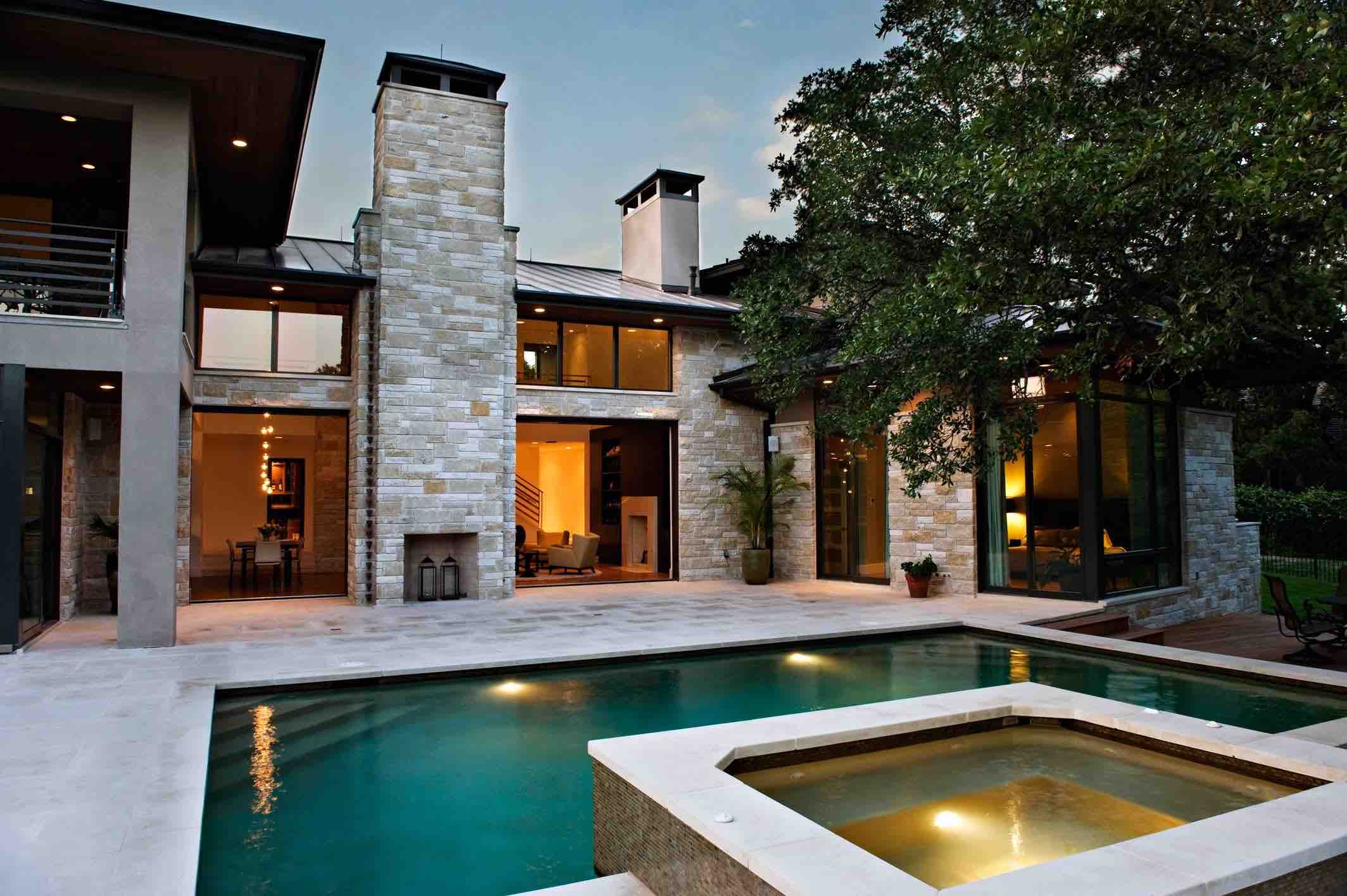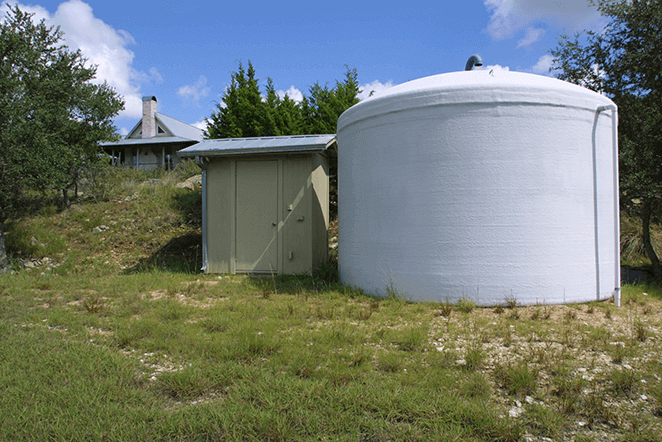
Deciding to build a custom home instead of buying one is easy enough. But after that, the real work starts. After all, building a home is one of the biggest—and most important—investments you’ll ever make. And custom home building involves making hundreds of decisions along the way, which can easily affect your finances if you’re not careful. Plus, there are usually unplanned delays or sudden changes in the building market that can thwart even the most carefully planned build budget.
Still, you’ve chosen to custom build your home for good reason. And we’re here to help you get from the planning stage to your dream home stage—all within a realistic budget. Here’s how.
Make All Your Decisions Before Construction Starts
One of the most common ways to sink your budget is by failing to plan up front, before you ever spend a dime. Always plan your budget as much as possible—down to the smallest details such as paint colors, cabinet hardware and finishes—before construction starts.
Choosing every last detail of your new home before you break ground is critical for sticking to a budget for a few reasons. First, because some builders require you to pay for any material price increases that occur during the construction process. Second, because you may be required to pay more if you make any change orders and end up selecting a different product.
Expect Setbacks
Whether it’s an unexpected land issue, utility problem, or even just a change in some of your hardware finishes, you’re bound to experience some speed bumps during your home building journey. That’s why it’s critical to plan a contingency fund to accommodate these setbacks.
A good rule of thumb is to take the budget your builder gives you and multiply it by 1.5. The excess portion should be saved to use as your safety net throughout the home building process.
Splurge in the Right Places
With so many design choices to make, it’s important to know how to prioritize your splurges so that you make the best long-term financial decisions.
One of the best ways to do this is to invest in the highest-quality insulation your budget will allow—most often loose-fill or blown-in insulation. An energy-efficient home relies on proper insulation, and it will not only maintain your comfort for years to come but also regulate (and reduce) your monthly energy bills, saving you money in the future.
The kitchen, often referred to as the heart of the home, is also known as the most used room in a home. That’s why it’s the best place to spend your allotted splurge money. From smart appliances and quartz countertops to drawer warmers, walk-in pantry stations and multiple sinks, a kitchen is a smart place to splurge. It’s also a surefire way to get some ROI, should you ever decide to sell.
Save Strategically
Of course, if you’ve gone over budget in one area—say, the kitchen—you’ll want to underspend in another area, if possible, to help stick to your planned budget. But skimping on the wrong areas could affect your long-term savings if you don’t plan strategically. Here are some of the best and worst places to cut back.
- Be conservative when you’re selecting appliances, fixtures and finishes for your home. This is the easiest place to save money without forgoing style and function, since so many retailers offer discounts at certain times of the year or when products are bought in bulk. You can also check to see if your builder gets materials at wholesale or discounted prices and ask to take advantage of their discount.
- Builder-grade windows might cost significantly less than double-or triple-paned windows, but that savings comes at a cost. Builder-grade windows are also extremely low quality, with sub-par glass and fills, warped or bowed frames, faulty balances and more potential flaws. When you consider that your windows provide your home’s privacy, comfort, safety and insulation—which also affects your utility bills—it’s easy to see that this short-term savings will be a drain on your finances in the long run.
- Saving money is also an issue of timing. If you plan to finish your basement, plan to wait one year after your home build is complete to begin the finishing work. This way, the foundation can settle completely, which can reveal any cracks or water issues before you begin the process.
Looking for Austin Custom Home Builders?
At Mangum Builders, we’ve been creating timelessly elegant yet functional homes for Austin-area folks for nearly 30 years. As Austin custom home builders, we’ll work with you to match your construction ideas with your lifestyle needs and budget to create your own unique dream home. Contact us today and let’s get started on a new custom home build that’s as smooth and stress-free as possible.


